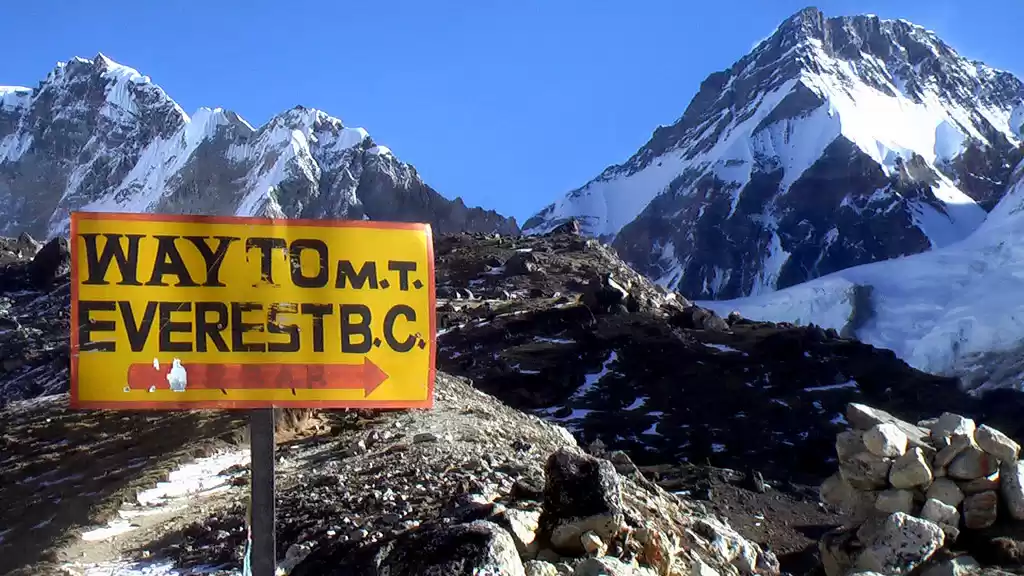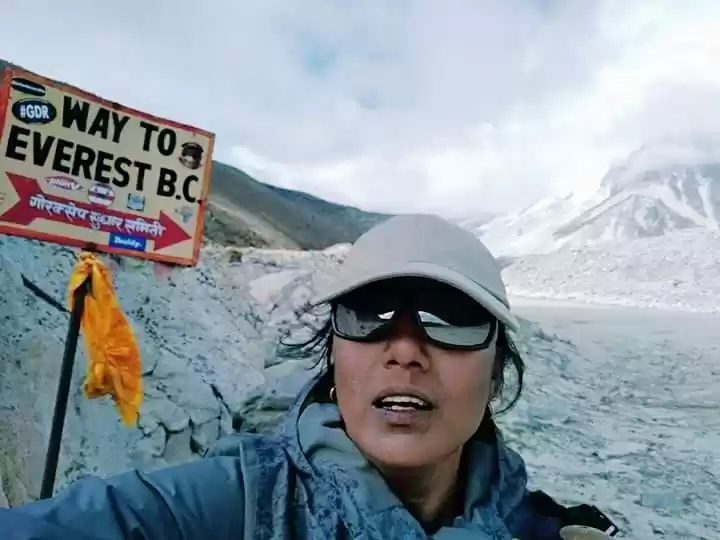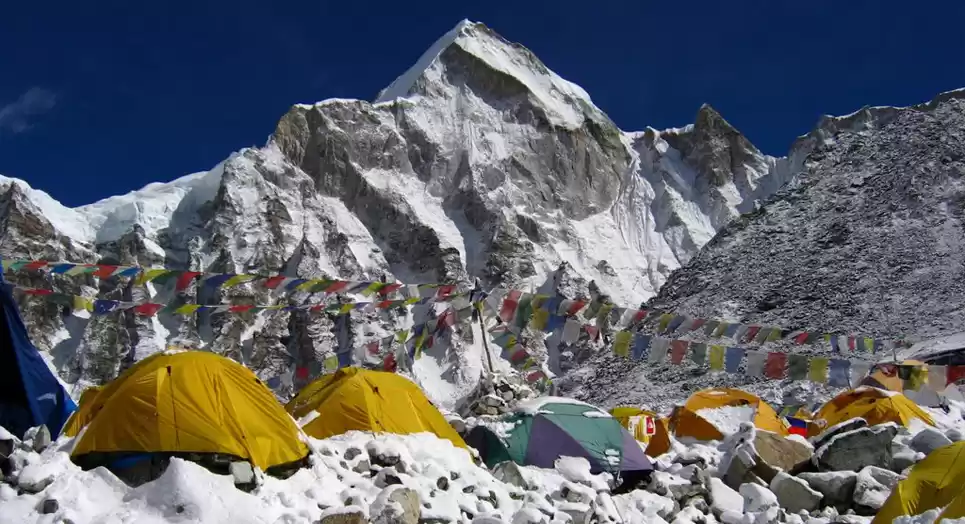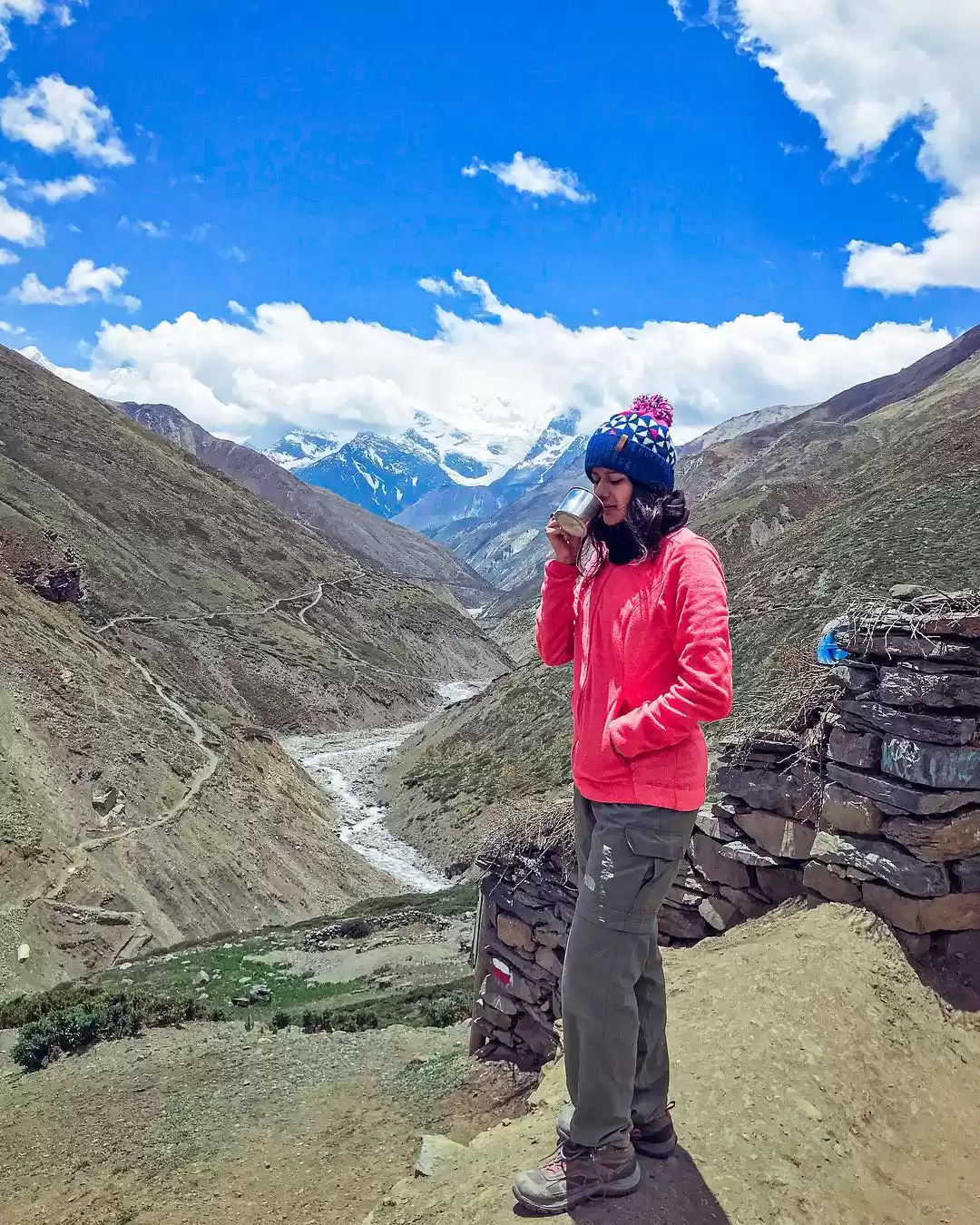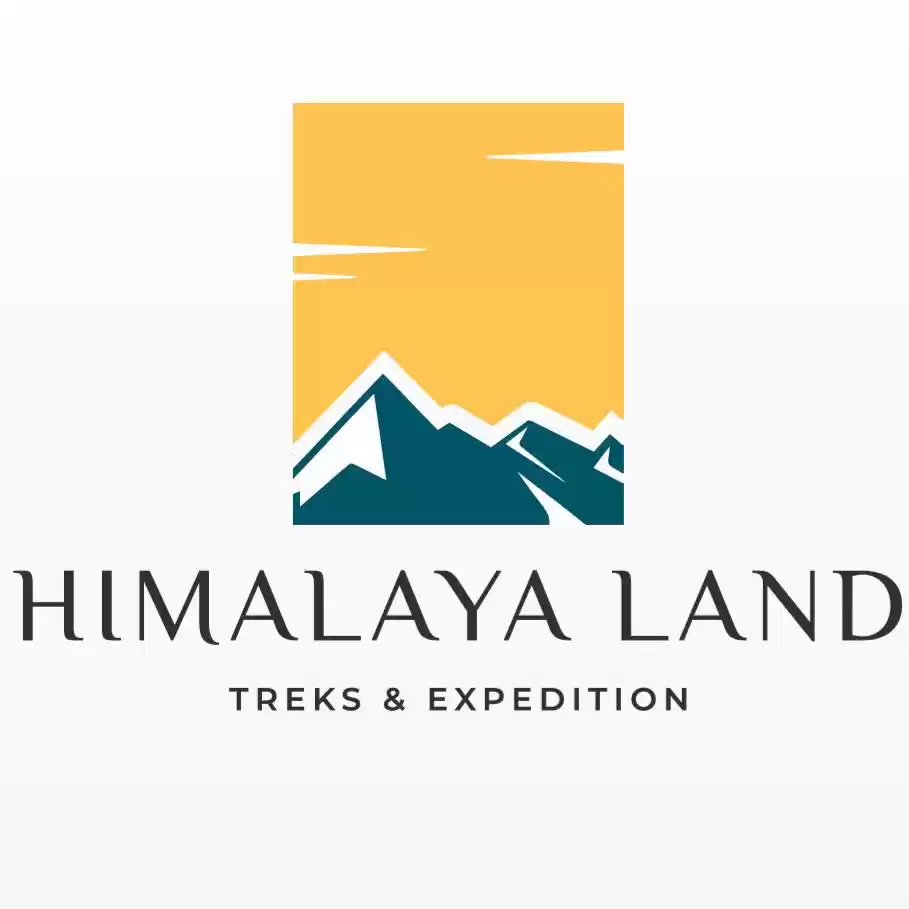
All you need to know about the Annapurna Base Camp Trek
Without doubt among the most popular among adventure enthusiasts, the trek to Annapurna Base Camp (at 4,130 metres) is shorter than many other high altitude treks in the region. It is great if you wish to experience the best of nature, culture and adventure. The route is rather well developed, passing through many villages and picturesque nature trails, making it a popular choice for solo and group travellers from across the globe. Its close proximity to Pokhara also makes it more popular among tourists. The Annapurna Base Camp trek offers stunning views of the Annapurna mountain range in the Himalayas, taking you through Machhapuchhre mountain (ranked as the 13th most beautiful mountain in the world by Telegraph, UK in 2018), Hiunchuli (an extension of Annapurna south range) and Dhaulagiri (the highest mountain situated entirely in Nepal). The Annapurna Base Camp trek takes about 7-9 days.

The Annapurna Base Camp trek is also often referred to as the Annapurna Sanctuary Trek due to the many protected area trails that you get a chance to tread upon. This is also your chance to have up close and personal encounters with various protected and rare species of flora and fauna.
All you need to know about the Everest Base Camp Trek
Either of the two base camps on both sides of Mount Everest are referred to as the Everest Base Camp. The South Base Camp at an altitude of 5,364 metres is located in Nepal and the North Base Camp at an altitude of 5,150 metres is in Tibet.

The North Base Camp trek begins from Lukla, which can be reached by flight from Kathmandu as there are no roads between the two. The route that is oft followed on this trek started from Lukla, and goes onto Namche Bazaar (at 3,440 metres) and to the valley of Dudh Kosi River, before proceeding towards the Sherpa village of Dingboche (at 4,260 metres). From there, the route takes you to Gorakshop (the sand-covered frozen lakebed at 5,140 metres), Kala Patthar (at 5,545 metres), and finally to the Everest Base Camp. Regular breaks, stops at the villages and enough time for acclimatization are highly recommended on this trek, which takes about 10-12 days.

The South Base Camp, on the other hand, requires a permit from Tibet and the Chinese government. This is a comparatively easier ascent as the camp has vehicle access, at least in the summer months. Your adventure begins as you drive down the 800-kilometre Friendship Highway that connects Lhasa with the Chinese/Nepalese border. Do give a few days for acclimatization before you proceed further. The climber’s base camp is located at the foot of Rongbuk glacier and is 10 kilometres ahead of the tourist camp, from where government run bases take you up to 5,200 metres above sea level. The Base Camp Post Office in Tibet also allows you to send postcards to friends and family back home as souvenirs.
Which Trek Should You Go For – ABC or EBC?

It is easy to notice that while the Everest Base Camp trek is for adrenaline pumping fun, the Annapurna Base Camp Trek is a more moderate trip. The former needs various acclimatization breaks and is rated extremely high on difficulty levels, courtesy the high altitude, thinner air, rough terrains, icefalls on the way and lack of human presence (and thus the comforts) in many parts of the journey. The latter, on the other hand, is easier to attempt as it does not have rough terrains that are tough to conquer, passes through many inhabited villages offering myriad cultural experiences and has gorgeous nature trails that let you explore the best of flora and fauna. ABC is also known for the teahouses along the trek, which make it less strenuous as you take this fun-filled yet adventurous journey from one teahouse to the other.
Your choice of which trek to go for should depend on the fitness levels that you’re currently experiencing and also the difficulty level that you’re willing to endure. For those seeking some serious adventure and thrill must have the more demanding Everest Base Camp trek on their bucket list. The Annapurna Base Camp trek also requires high levels of fitness but is recommended for amateurs as well as experts and people looking to have close encounters with nature, with sufficient preparation ofcourse.
ABC offers a mix of terrains and has both uphill and downhill slopes, thus making it ideal for runners and fitness freaks. EBC, on the other hand, is a steady uphill trek and requires you to pause in between to acclimatize.
There’s yet another school of thought which believes that you may not have to choose between the two – the Annapurna Base Camp trek is seen here as preparation for the more challenging Everest Base Camp trek. With the difference in altitude that exists between the two treks, it is considered that ABC helps you practice for the higher altitudes of EBC.
With the facts in front of you, your decision of which trek to choose lies in your perception of both of them. Which school of thought would you go ahead with?











